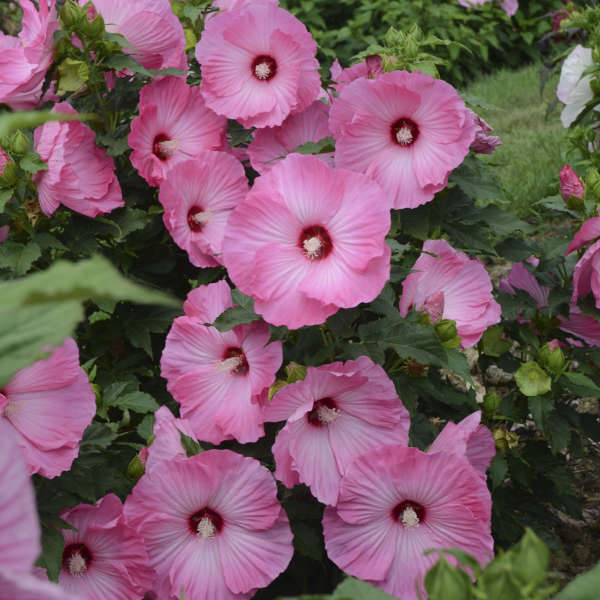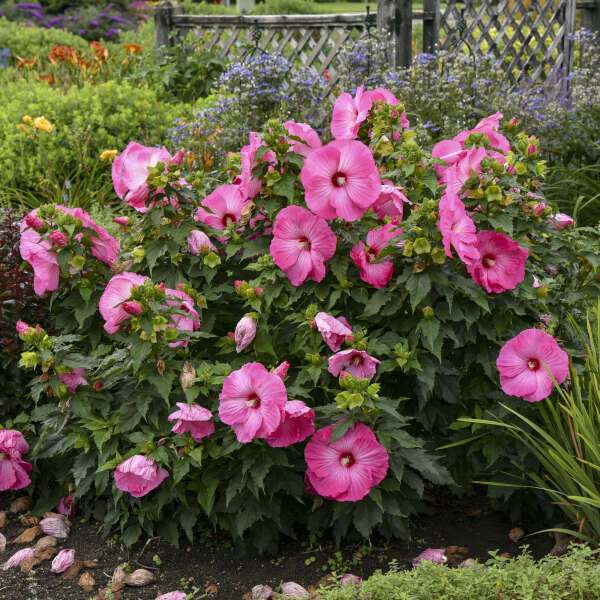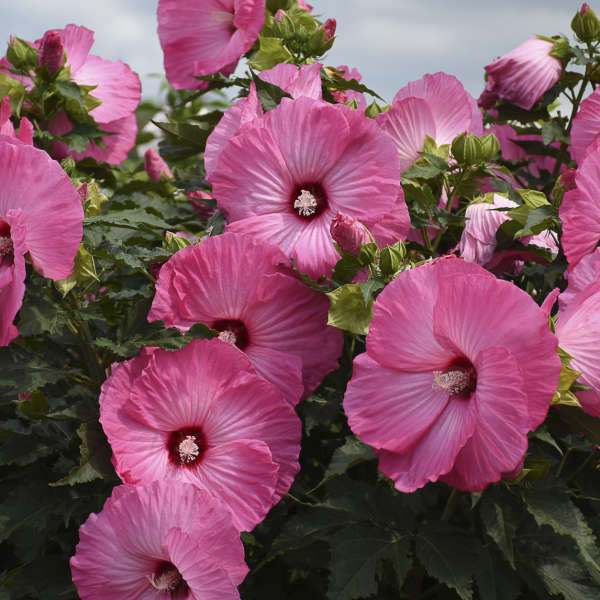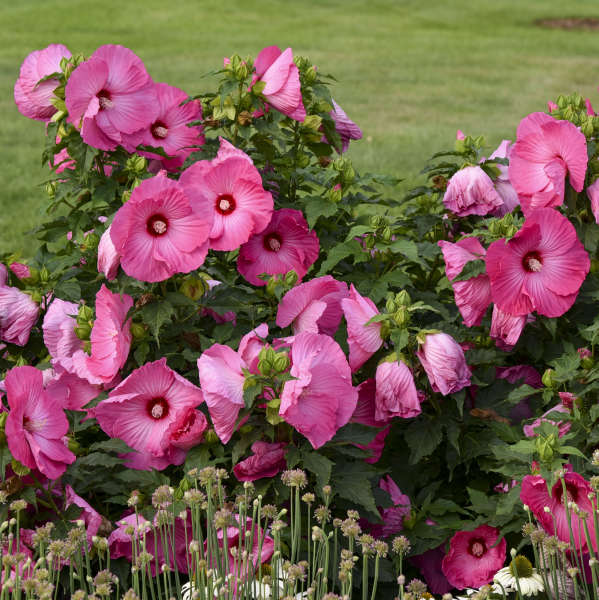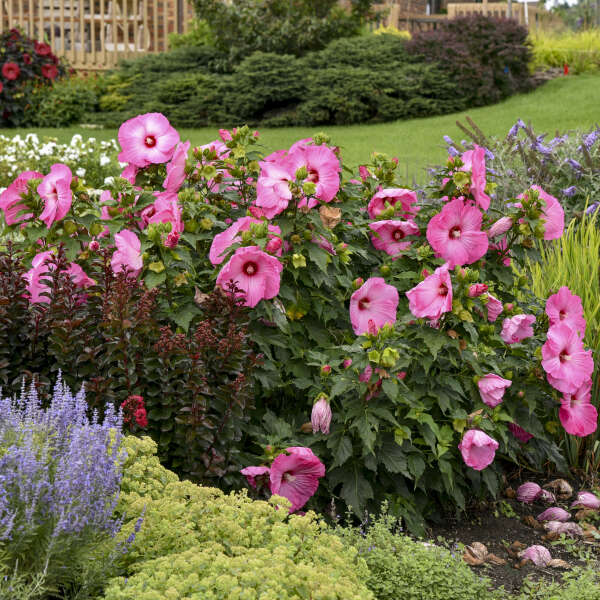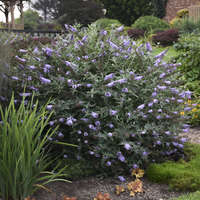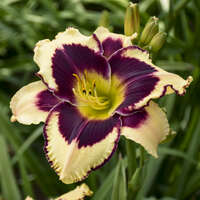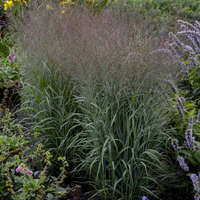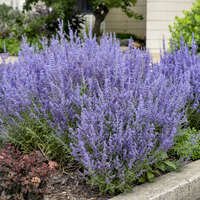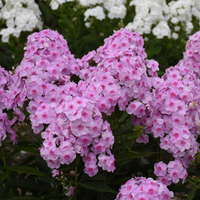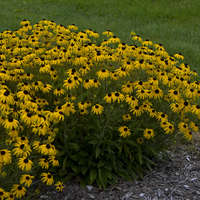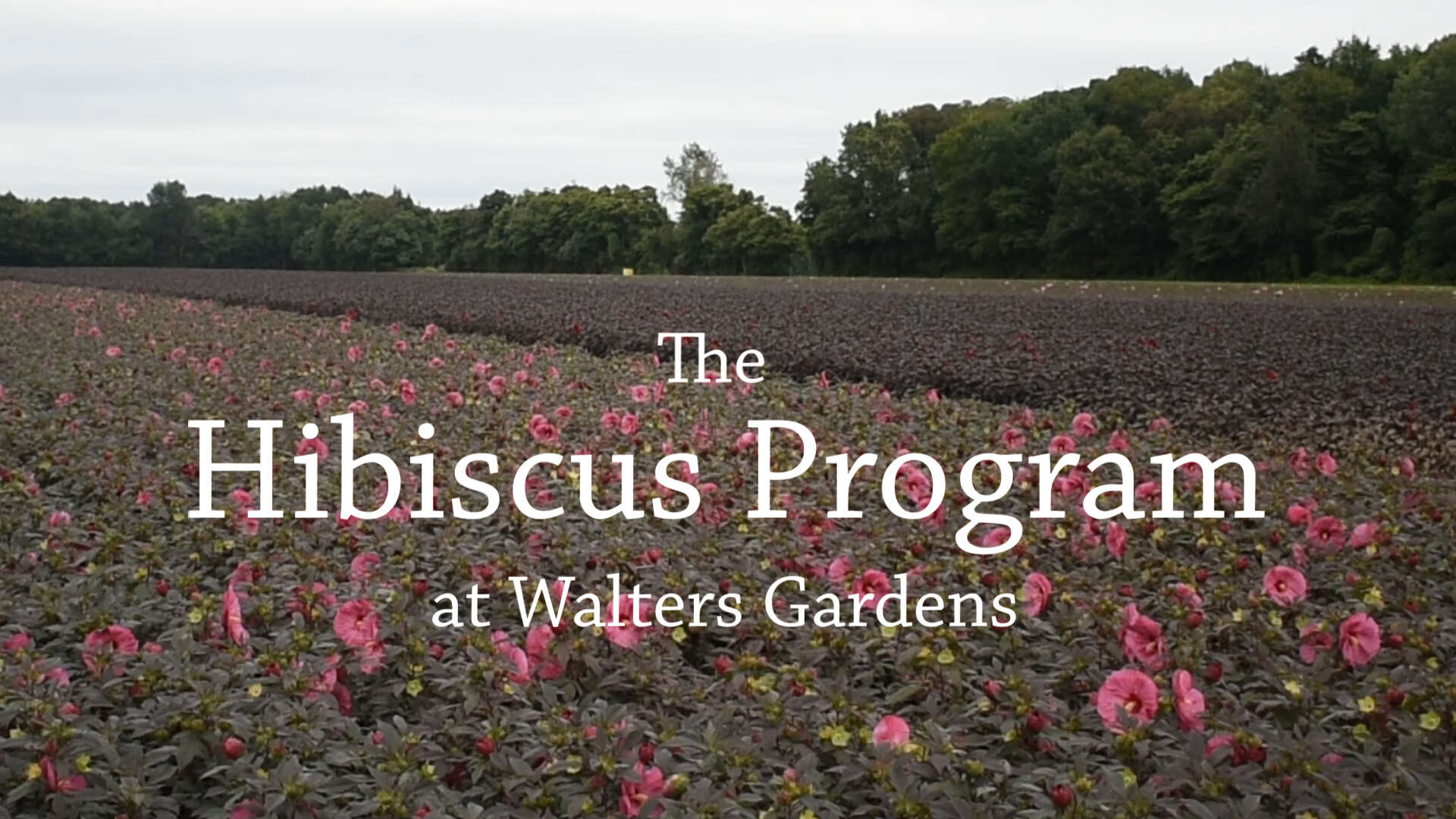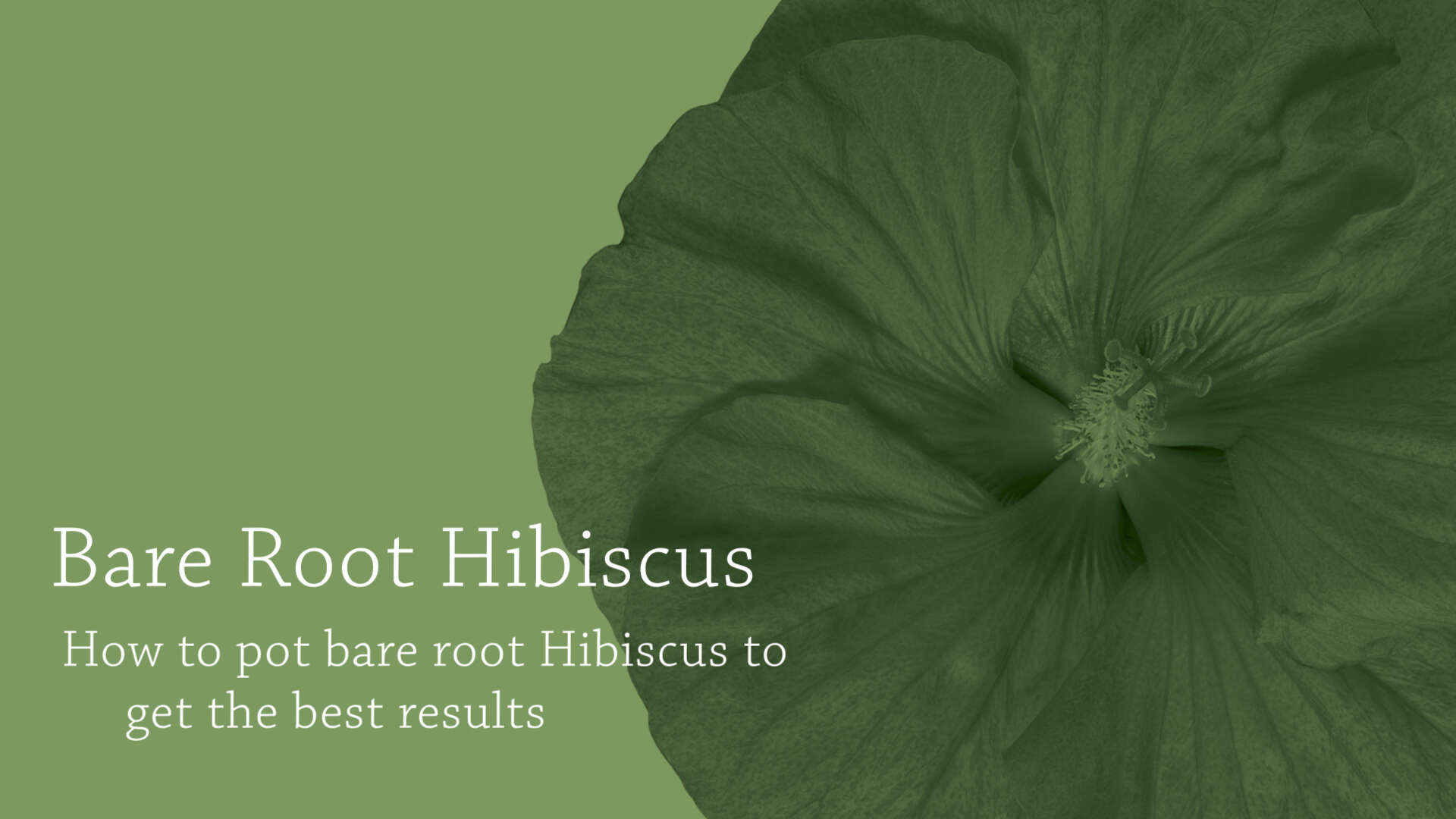Hibiscus 'Airbrush Effect' PP29295

Common Name: Rose Mallow
The beautiful art deco pattern of this Hardy Hibiscus looks like it has been spray painted, and you'll love how it makes your garden look! 8-8½", vibrant pink flowers with salmon tones have an airbrushed central white halo and a small dark red eye. Overlapping petals create a three dimensional look to the flowers. The rich, dark green foliage forms a compact habit. Lots of flower buds translates to a long season of bloom, so you can enjoy these flowers for many weeks. Use 'Airbrush Effect' as a focal point in your sun garden.
These North American native plants bring massive, tropical-looking flowers all the way to zone 4. Although later to emerge than most perennials in spring, these are fast growing plants capable of adding an inch of new growth a day. Excellent at brightening up end of season gardens.
